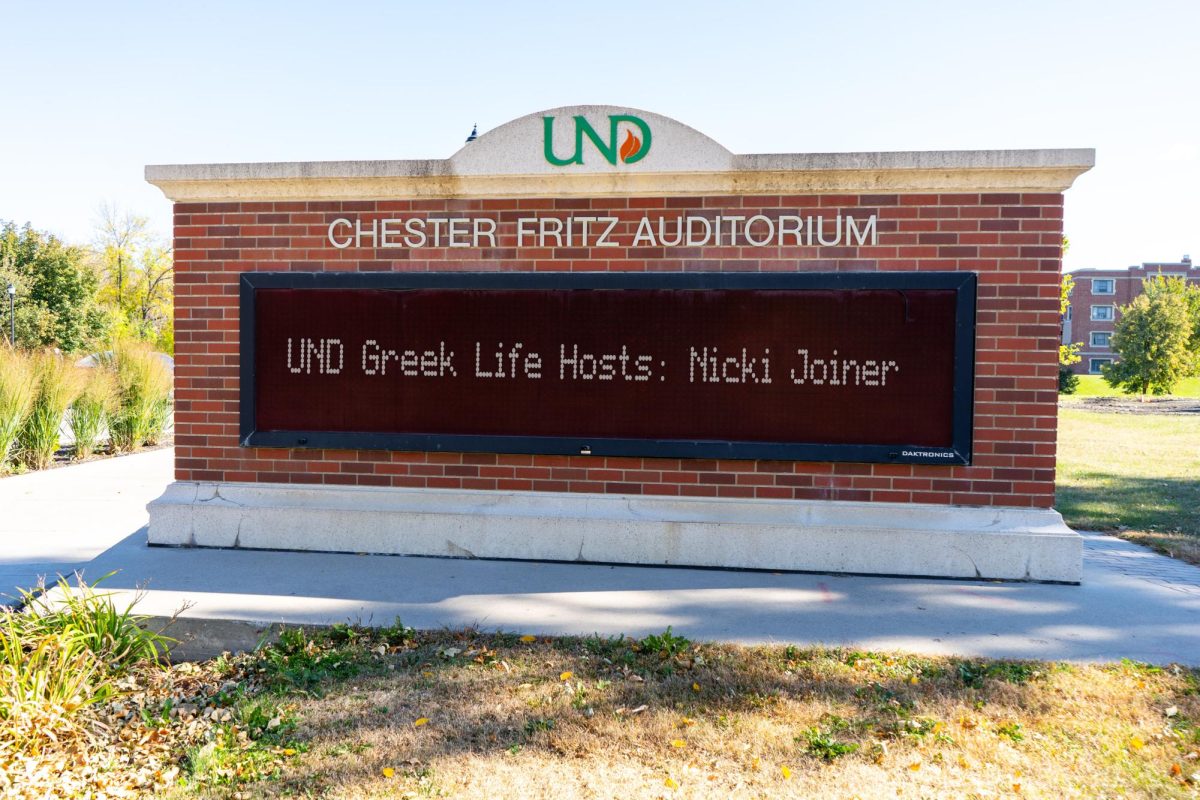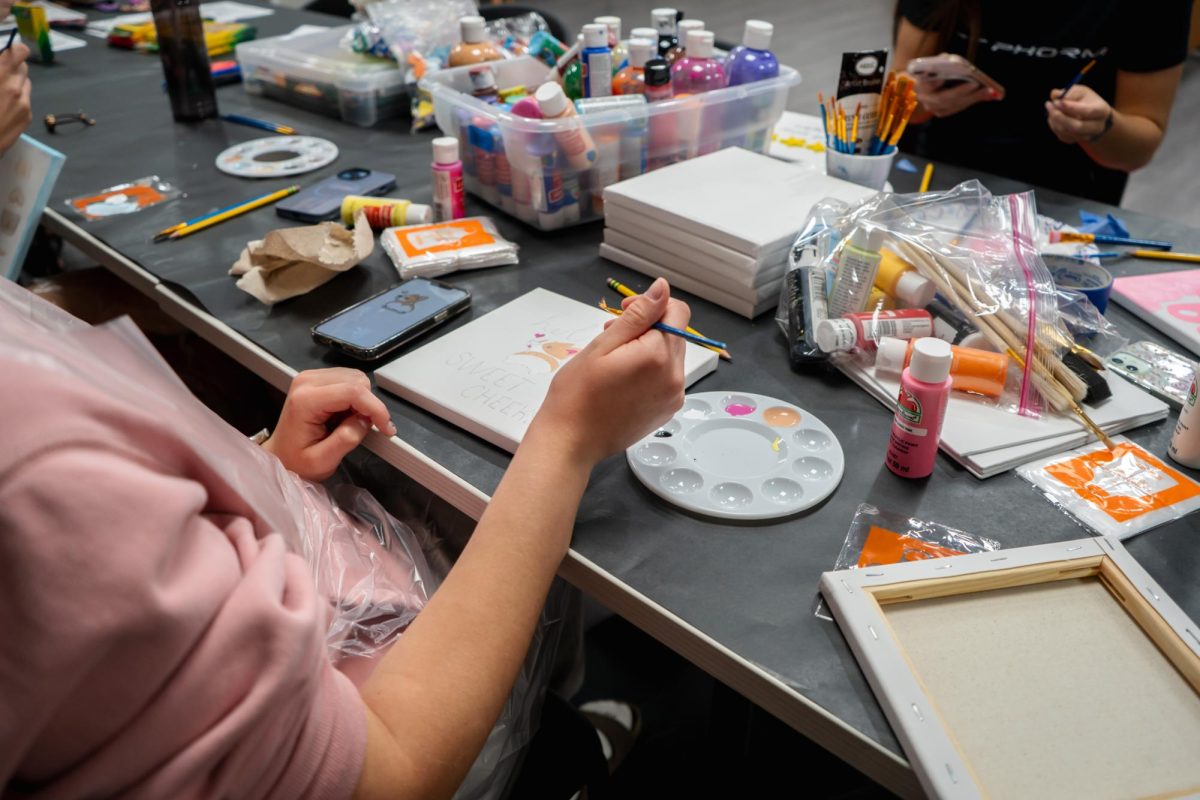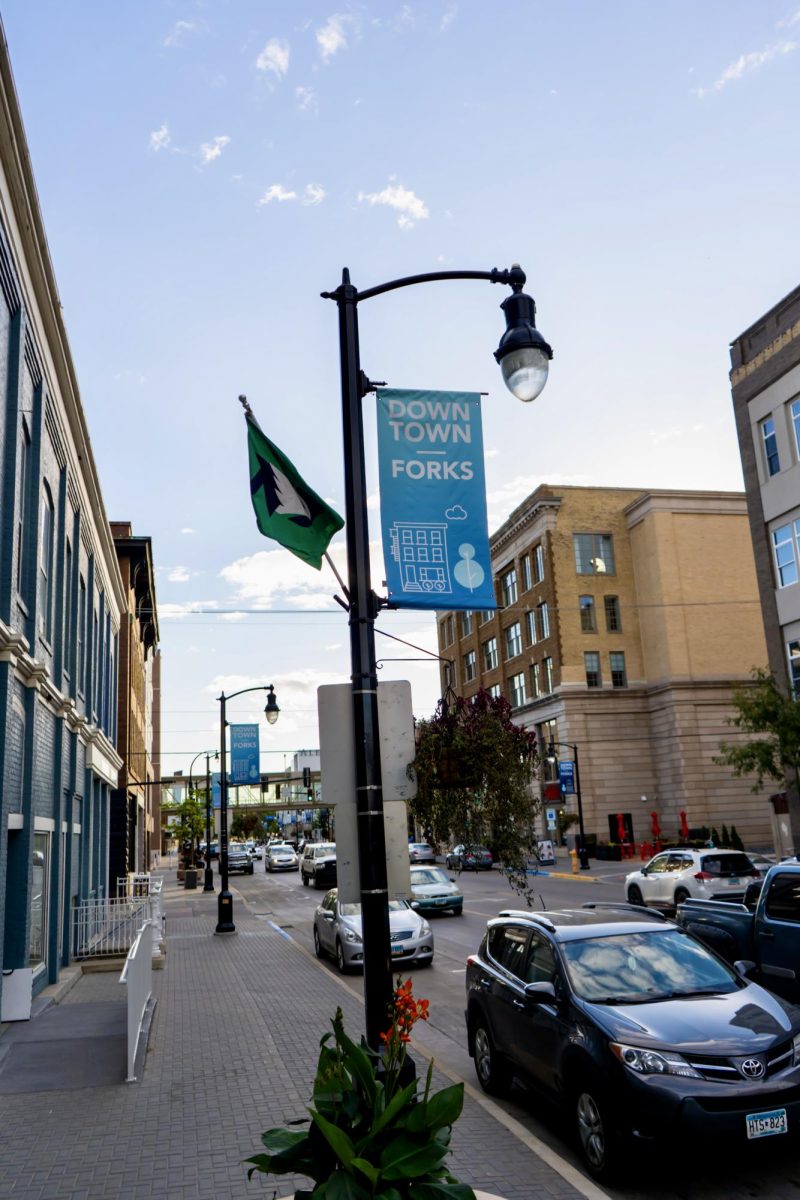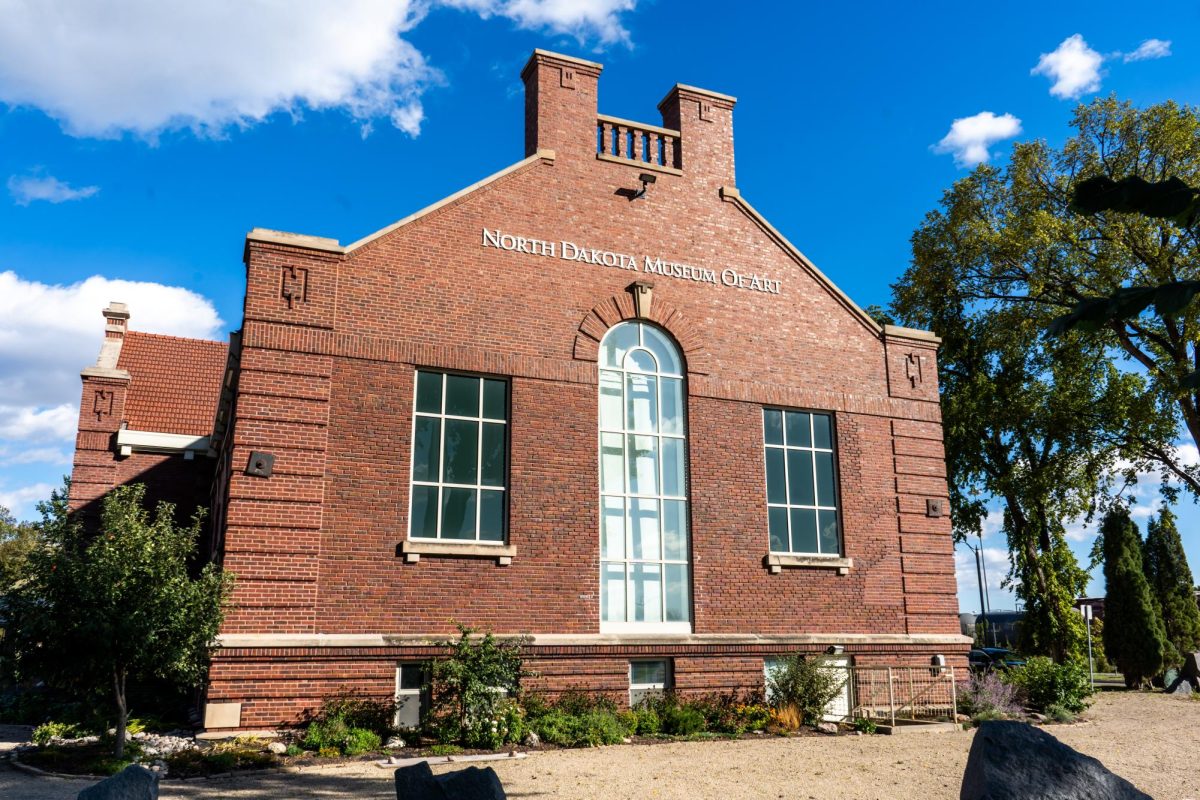This past Wednesday afternoon The University of North Dakotas school of Law hosted Mary Feller, the Director of Career Development, for an exclusive event that covered the power of networking and building a professional image for future employers.
During Feller’s presentation she highlighted how you can utilize LinkedIn, a business and employment focused social media platform, to your advantage so that you can stand out to future employers.
Regarding utilizing LinkedIn, the first step that was covered is creating an account if you are a first-time user through www.linkedin.com and catering your profile to the specific professional niche or field that you are planning to enter post college.
This process can be broken down even further.
You will want to be sure to include a headline regarding your current level of schooling. For example, if you are a Law student at UND a good headline could be “Law Student at UND School of Law.”
Alongside the headline, you will want to include an about and experience section in your profile. This is where you can include details about yourself regarding any work experience and accomplishments you have at this point in your professional career. For example, if you are a Commercial Aviation major, you will want to be sure to list your flight hours, and what ratings you hold.
LinkedIn also enables you to include profile sections with media elements, such as the pronunciation of your name or links towards any letters of recommendations from former employers. Based on Feller’s discussion, a recommendation letter is a particularly powerful tool to utilize because it shows future employers that somebody has “taken the time to endorse your abilities” and skills in a positive light.
The last step that you will want to take as you are creating your profile, is to ensure that your public profile and URL ends with just your name and not the default numbers. This can easily be changed within LinkedIn once you have created an account. By doing so this allows you to attach your personalized LinkedIn URL link to the contacts section of your resume, so that employers can easily access your profile and everything that you have to offer that does not fit under a typical one-page resume.
Now that we have outlined the basics to creating a professional LinkedIn profile, let us dive into differing ways to make connections and utilize LinkedIn to its fullest potential.
To start you will want to utilize the search engine that is integrated within LinkedIn and utilize search filters regarding the industry that you want to enter, and locations that interest you. A good base strategy to start making connections is entering UND school of business, medicine, law, aerospace, and build from there.
As you begin establishing connections, be sure to distinguish between warm and cold contacts. If you are reaching out to a professional within the industry that you plan on entering, be sure to not utilize the default invitation prompt. Instead personalize your invitation and give this contact a reason to connect. By doing so, you are far more likely to connect with potential employers, and the default invitation messages can be reserved for warm contacts such as friends and faculty members where the personal connection is already established.
LinkedIn is a social media app, and you can share personal and career related achievements specific to your professional niche such as passing the LSAT or earning a new rating during your flight training. However, there are certain activities on the platform that you should avoid so that you can maintain a professional image online. According to Feller you should avoid posting political opinions, commenting on controversial topics, and anything that could give your employer a reason to question your integrity as a person.
The last topic covered during Feller’s presentation pertained to the limitations of LinkedIn. The website is a tool and should not be your primary means of creating new contacts.
You should be networking in person and attend any opportunities and events that the university puts together throughout the semester such as the career fair or when a guest speaker within your field is visiting campus.
At these events it is important to be proactive and start conversations with somebody that you may not know, as this connection may very well help set you up with a job in the future. Some great icebreakers that Feller went over included asking a person where they got their degree, where they are from, what position they hold, and any general advice they would have liked to have going into the industry if they can do it all over again. These provocative questions can help build a rapport with somebody in the industry and lead towards meaningful conversations regarding your personal and professional goals.
At the end of the presentation, I spoke with Feller and asked how we students with limited professional experience can showcase ourselves in the industries we seek to enter. Feller stated, “find skills that you have gained through life, and find a way to highlight them” as you portray yourself to future employers. The key takeaway being to get involved as much as you can during your time at UND because the skills that you build by joining differing clubs and organizations can directly translate towards becoming a professional. By doing so, you are setting yourself up for success, making it that much easier to build up your professional image and brand.
Daniel Silva is a Dakota Student General Reporter. He can be reached at [email protected].










